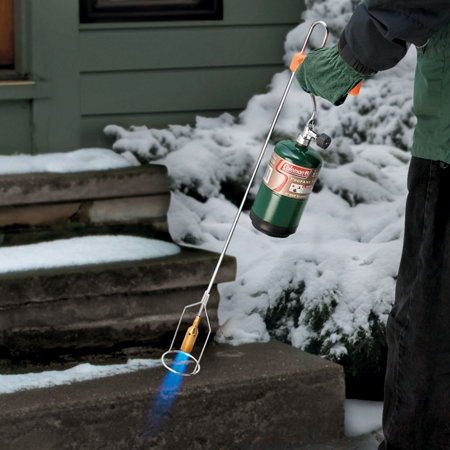Here is some more info about implied volatility and options mostly taken from:
Option Volatility: Strategies and Volatility
Vega is a risk measure of the sensitivity of an option price to changes in volatility. It is somewhat akin to
Delta, which measures the sensitivity of an option to changes in the underlying price. An option’s vega value is the rate of change of an option’s price given a 1% change in implied volatility (IV).
The higher the price, the larger the vega will be.
The vega for an option with more days to expiration (DTE) is greater than the option at the same strike price with fewer days to expiration. Thus, as you go farther out in time, the Vega values can get increasingly large, eventually posing a significant risk or reward should volatility change. As an example, if you buy a LEAPS call option on a stock that was bottoming out, and then the desired price rebound takes place, the volatility levels will usually decline sharply, and along with it the option premium will decline as well.
If buying call options on a stock that has rapidly declined, it is wise to buy calls with lower vega. I have found that ITM/ATM calls expiring about 2 months out tend to work best for me at maximizing delta (sensitivity to stock price change) while minimizing vega (sensitivity to IV) on dips. Those have been my best performers on TSLA dips. They have reasonable time decay so you can hold them for a few weeks for the reversal without losing a lot of value. That's not true of calls expiring in just a few weeks.
Take this last dip. I bought several different calls on 5/15, when the stock was around $283. Here's a list of what I bought and where they are now after a rise of about $8 (2.8%) in the stock price:
JUN15 $280 (ATM)
Cost: $16.50
Now: $16.70
JUN15 $320 (OTM)
Cost: $2.80
Now: $1.51
JUL20 $280 (ATM)
Cost: $22.80
Now: $24.75
SEP21 $300 (OTM)
Cost: $23.30
Now: $24.60
J19 $300 (OTM)
Cost: $37.20
Now: $36.90
J20 $400 (OTM)
Cost: $33.50
Now: $33.50
J20 $450 OTM)
Cost: $24.20
Now: $23.75
The worst of these at this point is the very short dated OTM JUN15 $320. Being OTM, Delta is lower, so it did not rise like my ITM JUN15 $280 with the modest rise in stock price. Those would be good for a more dramatic rise in the stock, which we did not get. In hindsight, it was too far OTM and I should not have even bought it. I was buying $320s the week before, so I did it without thinking enough and it cost me. The June $280 has not gone up much because of time decay. Time decay is significant with the June calls at this point, so those are not good to hold very long. Had the stock reversed quickly, those would have done well. The best performer of all of these is the JUL20 $280, which is up nicely. Delta is high and time decay is not too bad yet, so you can hold them for a few weeks without a big loss in value. That's not true with the June calls. The LEAPs are either slightly red or neutral with their higher vega. I tend to do a percentage ratio between the different options to capture the different potential stock movements. Some will do better than others depending upon how the stock recovers. This recovery so far has not been a great one for call options.
Had TSLA reversed sharply, as it commonly does, the LEAPs would have been fine and the shorter dated options would have gone way up. Since the stock consolidated for a couple of weeks, the LEAPs took it pretty hard due to their sensitivity to the drop in implied volatility.




